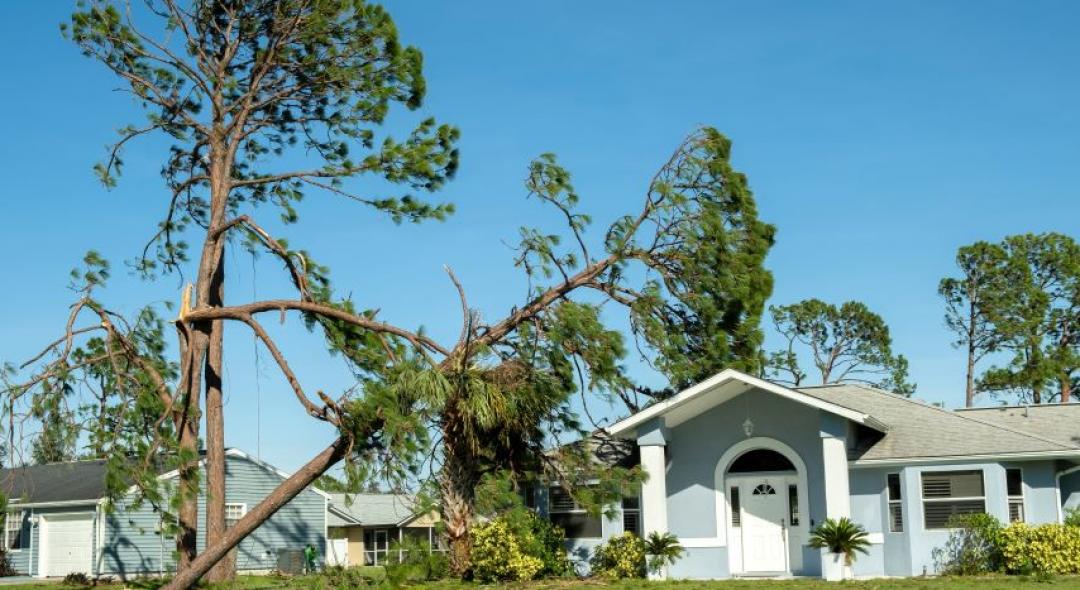It’s no surprise that weather is a factor that can affect your yard, and with Autumn here, this is not an exception. In Fall, daylight grows shorter and rain becomes more frequent, which are important factors to consider for your lawn seasonal treatment.
Taking proper care of your yard and making sure it’s ready for winter is essential to keep it healthy until Spring comes and prevent any damages the colder seasons may cause. Keep reading to learn some smart lawn care tips and the best fall lawn care services in order to keep your yard healthy and attractive during these next few months!
Remove Fallen Leaves

Even though fallen leaves may act as a natural fertilizer for the soil, it’s not recommended to leave them in your yard. Fallen leaves can block sunlight and retain moisture, therefore being a potential threat to the grass.
You can choose to either to rake them up as they fall or let them pile before hiring a service to do so. However, it’s important that you remove all fallen leaves, or at least most of them, before winter.
Keep Watering

As autumn is usually a humid and cold season, some people think they can give some rest to the irrigating routine, but that’s not true. It’s recommended to maintain your watering routine during any season, even if the climate suggests otherwise.
Besides, if you live in a particularly dry area, watering your plants during fall also helps them recover from summer.
Yards in general need at least 1 to 1.5 inches of water per week. Therefore, if you’re not watering this amount already, you should immediately reorganize your routine. You can also readjust your irrigation schedule to match rainy days if your area allows it.
Test The Soil

Testing lawn soil is really important in order to keep your yard healthy, and the best time to do it is early fall. Soil tests can bring a wide range of benefits, such as:
- Optimize crop production
- Protect soil from contamination
- Aid in the diagnosis of plant culture problems
- Analyze soil’s acidity and pH
This is really important since it affects the number of nutrients and chemicals that are soluble in soil water and available to plants.
However, that’s a task you only need to do once every three years, so if you haven’t tested the soil of your yard in a while, perhaps you should consider doing it as fall comes in.
Soil Aeration

It’s commonly recommended to aerate your lawn at least once every year, especially if your soil is compacted. Core aeration relieves soil compaction, removes excess thatch, and encourages deep and healthy roots. Plus, it helps in reducing weed infestations, insect problems, and disease incidence.
And since fall provides conditions for good aeration, such as warm soil, cool nights, and dying annual weeds, this season is the best one for core aeration.
Fertilizers

Using fertilizers in your soil during fall is a great task for you to add to your lawn maintenance checklist. Since fertilizers release their nutrients slowly over the months, they provide a great head start and prepare your lawn to be tractable and consistent for spring.
When the lawn isn’t fertilized during fall, it may have a difficult time during spring due to excessive shoot growth.
Overseeding

Autumn is also the best time for overseeding or repairing thin or bare areas. During the season there isn’t much nutrient competition since weeds usually don’t germinate, so fall turns out to be the best time for a good overseeding.
Laying down seeds now provides a good resistance for winter and, most importantly, provides greener and thicker grass for spring. Plus, overseeding is one of the most welcoming fall landscaping maintenance tips, since it’s great for filling bare spots in your yard and providing chances for new back and front yard ideas.
Keep Mowing It

As the season becomes colder and colder, mowing is an important task to prepare your yard for winter. Mowing correctly your lawn in the fall can help to prevent snow mold and reduce brown spots as the ice melts in spring.
It’s recommended to mow the grass 1 or 2 inches shorter than it is for the rest of the growing period until your lawn stops growing and enters winter hibernation.
Ready to have the lush green lawn you’ve always wanted? Contact a local lawn care company and request a free quote!
MORE FROM HOMEYOU
How To Get a Healthy Green Lawn (While Being Eco-Friendly!)
The Best Low-Maintenance Ground Covers
6 Easy Landscaping Ideas Anyone Can Do
